UPI Charges in 2025: Why Banks Should Bear the Cost, Not Users

By

The Unified Payments Interface (UPI) has been one of the most revolutionary developments in India’s digital finance landscape. But recent remarks from the Reserve Bank of India (RBI) Governor have sparked concerns. He hinted that UPI may not remain free forever, raising questions about who should ultimately foot the bill for this infrastructure.
Many experts warn that charging users directly for UPI could backfire - possibly stifling the very innovation that has helped India leapfrog into a digital-first economy. There’s a strong case to let banks absorb these costs instead, using the income they already generate from charges like minimum average balance (MAB) penalties.
To understand UPI’s impact, one needs only to look at the numbers.
This isn’t just impressive - it’s transformative. Today, UPI accounts for a staggering 83% of fund transfer volumes in India. And much of this has happened with zero direct charges to users.
This growth has been enabled by several factors: smartphone penetration, affordable internet, Aadhaar-linked verification, and government support. But the policy of keeping UPI free for users has been central. Introducing fees now risks undoing much of the progress made.
The benefits of UPI go far beyond the sheer volume of transactions.
While users enjoy zero-fee transfers, running the UPI infrastructure isn’t free. The backbone involves both bank networks and payment gateways. From 2018 to 2023, the Indian government spent approximately ₹3,700 crore to subsidize banks for providing UPI services.
Unlike credit cards, there is no Merchant Discount Rate (MDR) allowed on UPI. This means neither users nor merchants pay a fee, yet banks must still handle the backend costs.
The RBI Governor’s recent comments suggest this model may not be sustainable forever. One proposal is to begin charging for high-value UPI transactions, while keeping low-ticket payments free. However, this opens a political and public backlash risk.
To quote the RBI Governor’s sentiment: charging for UPI would be like “killing the goose that lays the golden eggs.” UPI has brought enormous societal and economic benefits. Adding fees - even selectively - could cause users to revert to cash or less formal channels, especially for microtransactions.
Moreover, it could slow digital adoption just when India’s financial inclusion drive is gaining momentum. The trust and ease associated with UPI are too valuable to jeopardize.
Here’s a practical solution: let banks cover UPI costs using the revenue they already earn through MAB penalties and similar charges.
From 2018 to 2023, large Indian banks collected ₹35,800 crore from minimum balance penalties, ATM fees, and cheque book charges. That’s nearly ten times the total UPI subsidy cost.
Redirecting just a portion of these collections to support UPI would keep the system free for users while ensuring sustainability. Additionally, proceeds from corporate debt resolutions under the NCLT could be partly allocated to a UPI Support Fund, especially since these defaults add stress to the banking system in the first place.
UPI is not just a financial product - it’s a public utility. Its zero-cost, instant, and reliable structure has redefined how India transacts. The economic and social returns have been tremendous, especially for lower-income and rural users.
Instead of shifting the burden to consumers, the system’s sustainability can be managed by smarter internal cross-subsidization within the banking ecosystem. UPI must remain free for users. The value it brings is too important to compromise.
Disclaimer: This article is for informational purposes only. It does not constitute financial or regulatory advice and reflects analysis based on publicly available data and expert commentary.
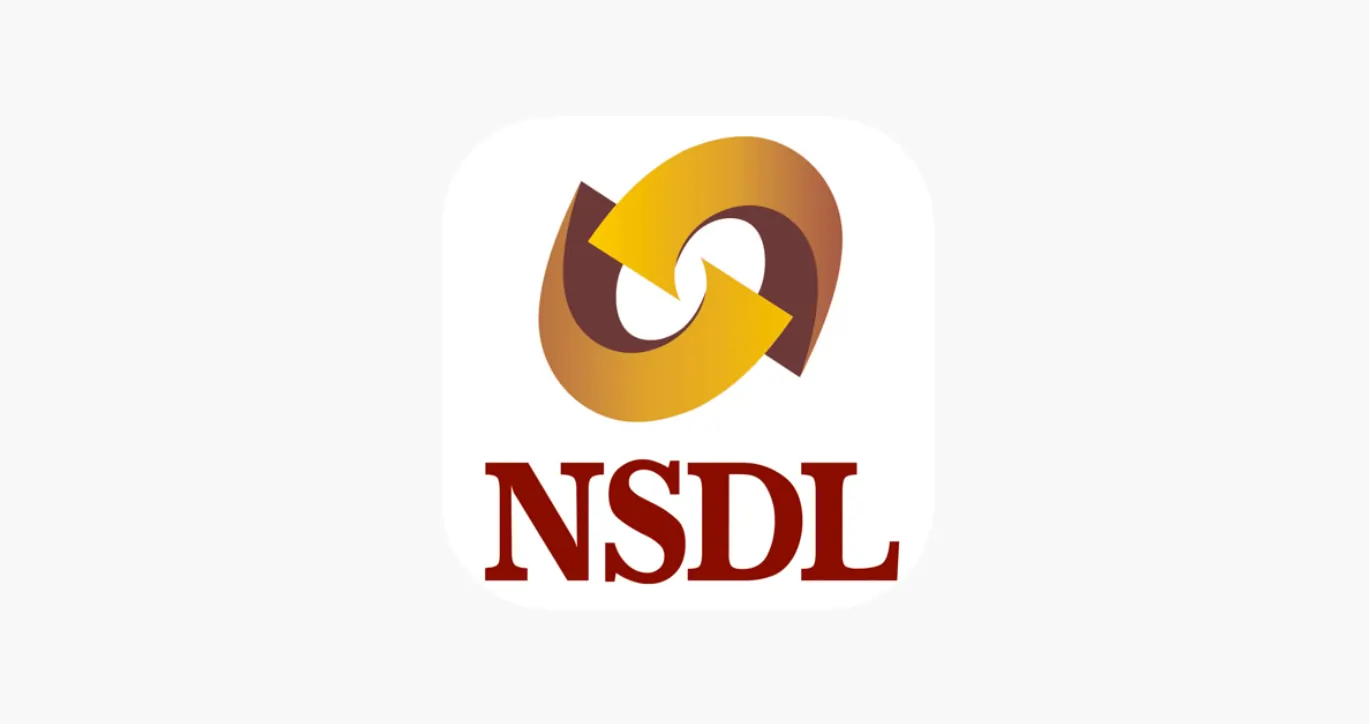
Learn how to easily download your NSDL CAS Statement in PDF format with our step-by-step guide. Follow our instructions to log in to NSDL e-Services, download your account statement, and subscribe for
Read Full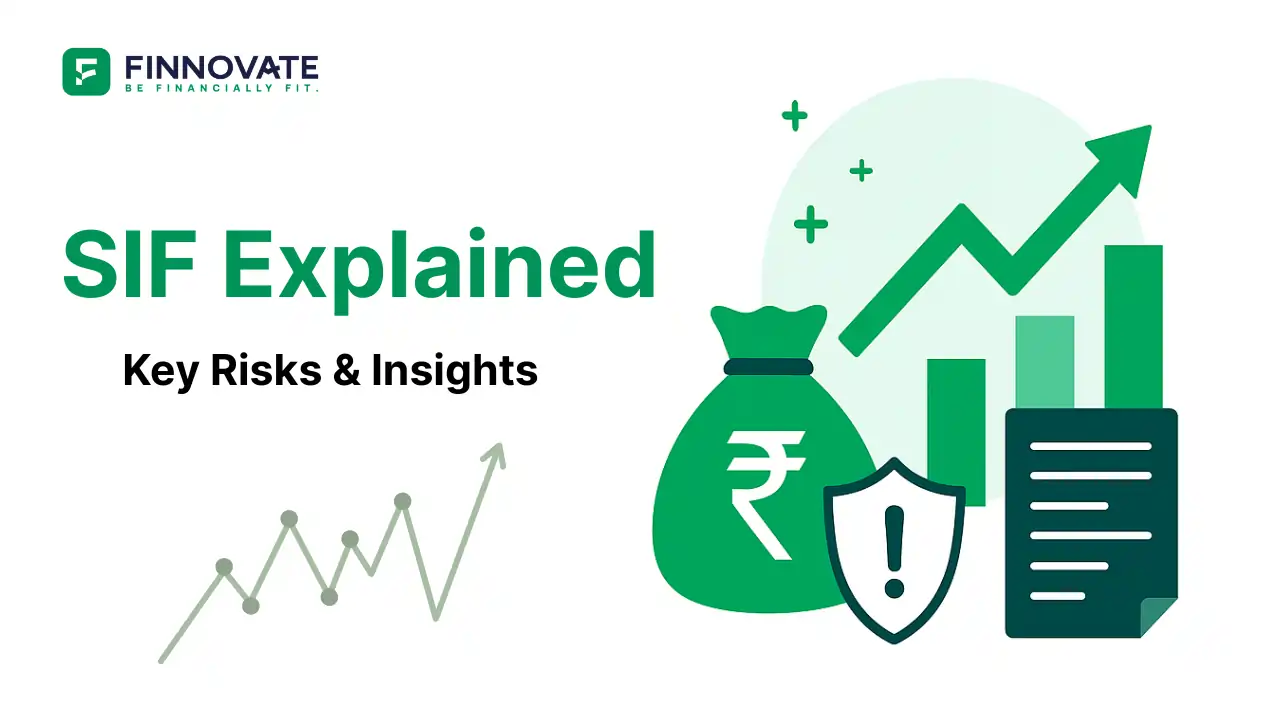
Explore what Specialised Investment Funds (SIFs) are, their benefits, taxation, minimum investment, how to invest, how they compare with mutual funds and PMS and latest developments in SIF space
Read Full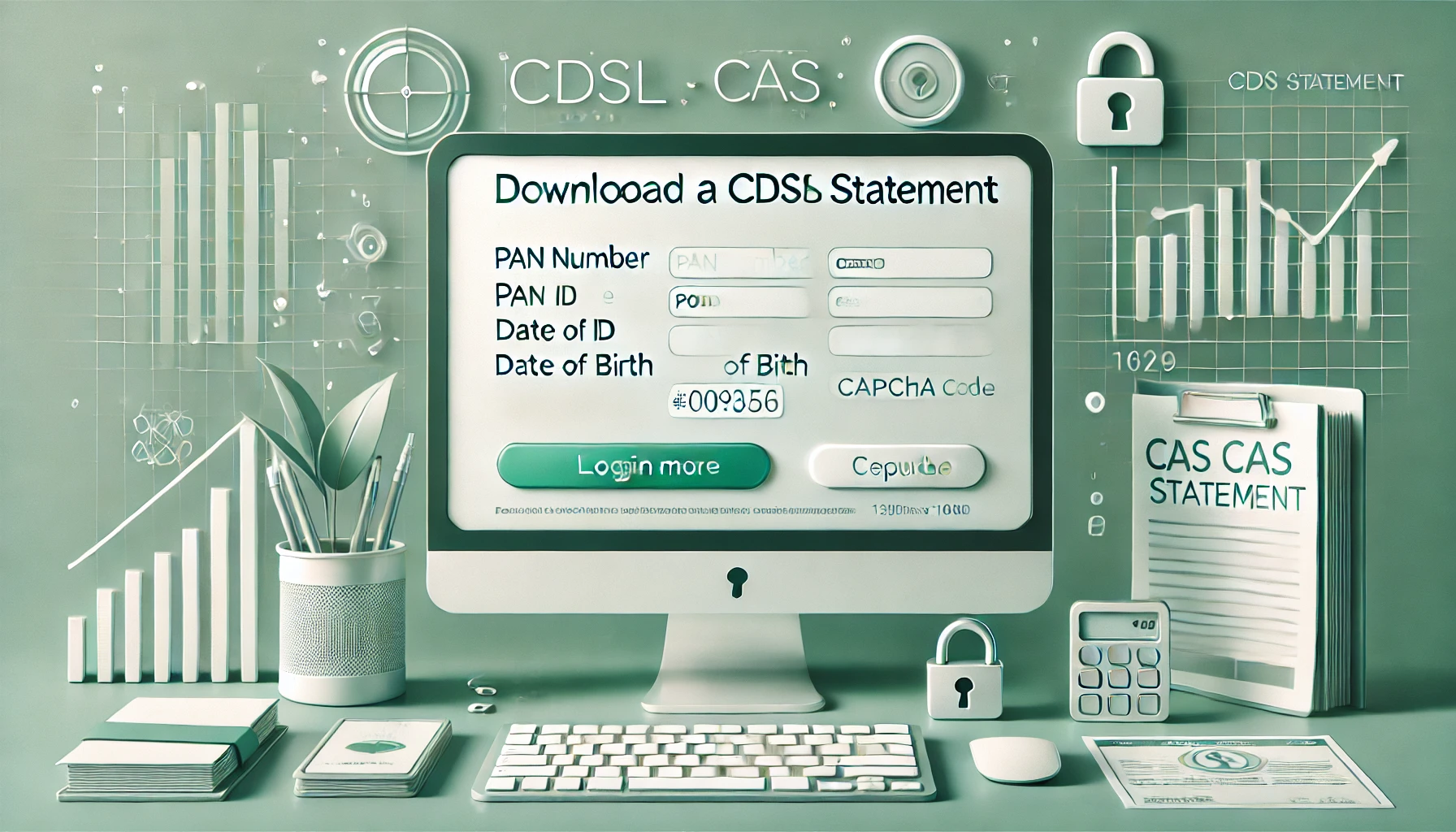
Learn How to Download Your CDSL CAS Statement with our step-by-step guide. Easy instructions for accessing your investment details online.
Read Full
Analyzing the potential economic impact of the 2025 India-Pakistan conflict on India's GDP growth, manufacturing sector, and foreign investment.
Read Full
Looking for the best financial freedom books? Here’s a handpicked 2025 reading list with summaries, why to read, and who it's best for.
Read Full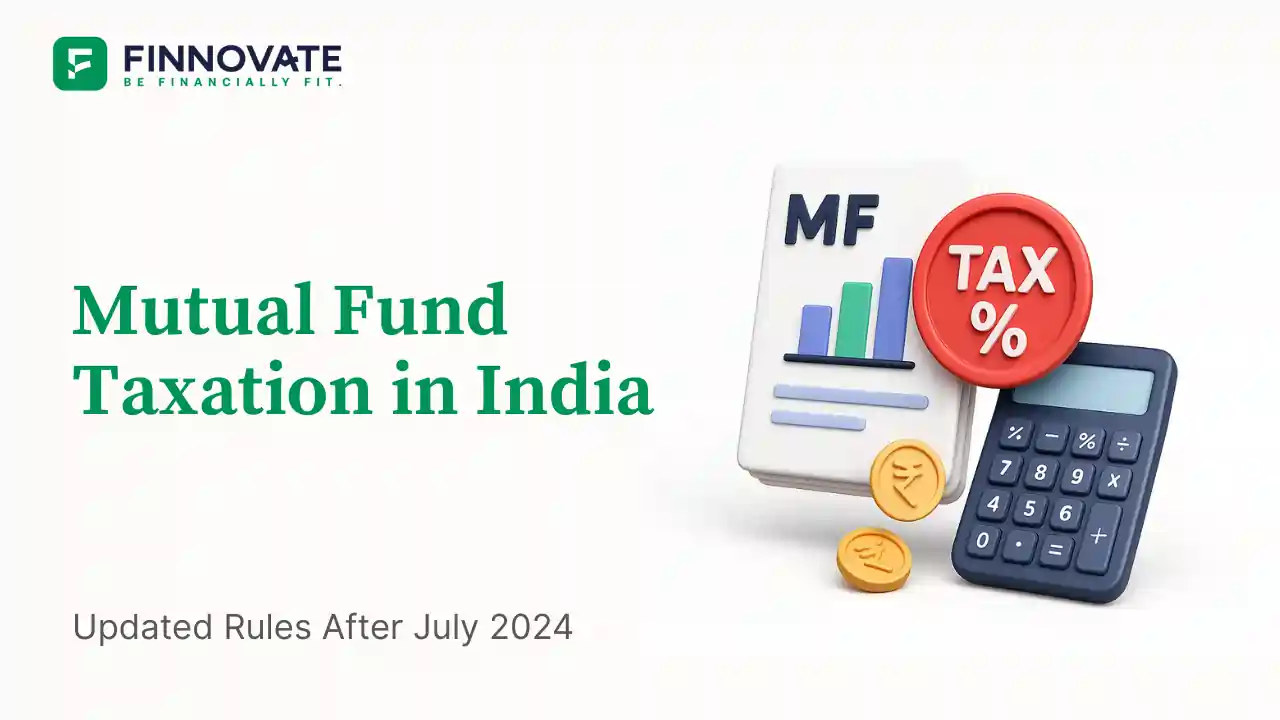
Clear guide to mutual fund taxation in India for FY 2025–26 after July 2024 changes: equity STCG 20%, LTCG 12.5% with ₹1.25L exemption, debt/hybrid rules, dividends, examples, tables, and FAQs.
Read Full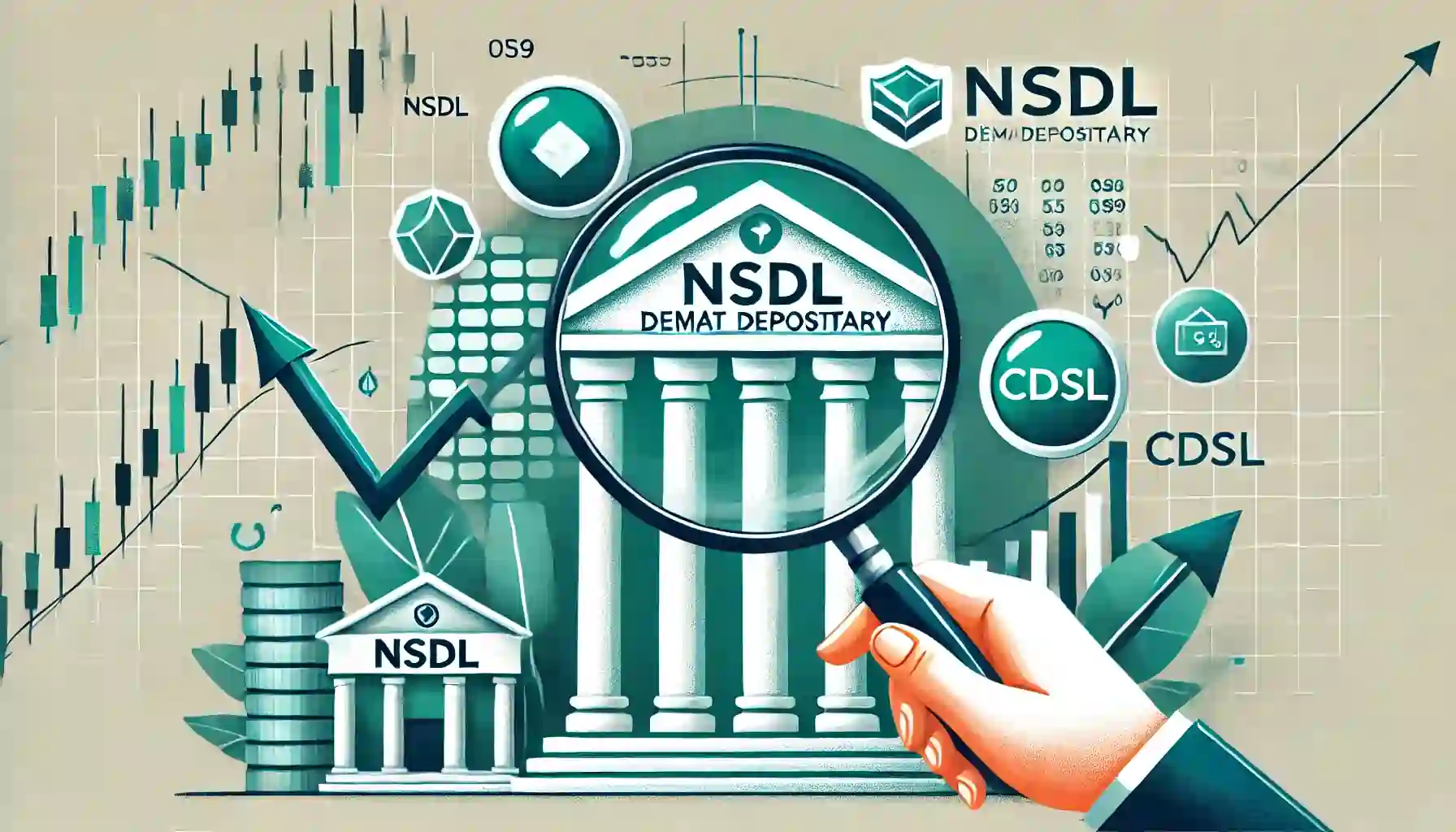
Determine if your Demat Depositary (DP) is NSDL or CDSL easily. Follow our guide to check using broking platforms or Demat account number formats
Read Full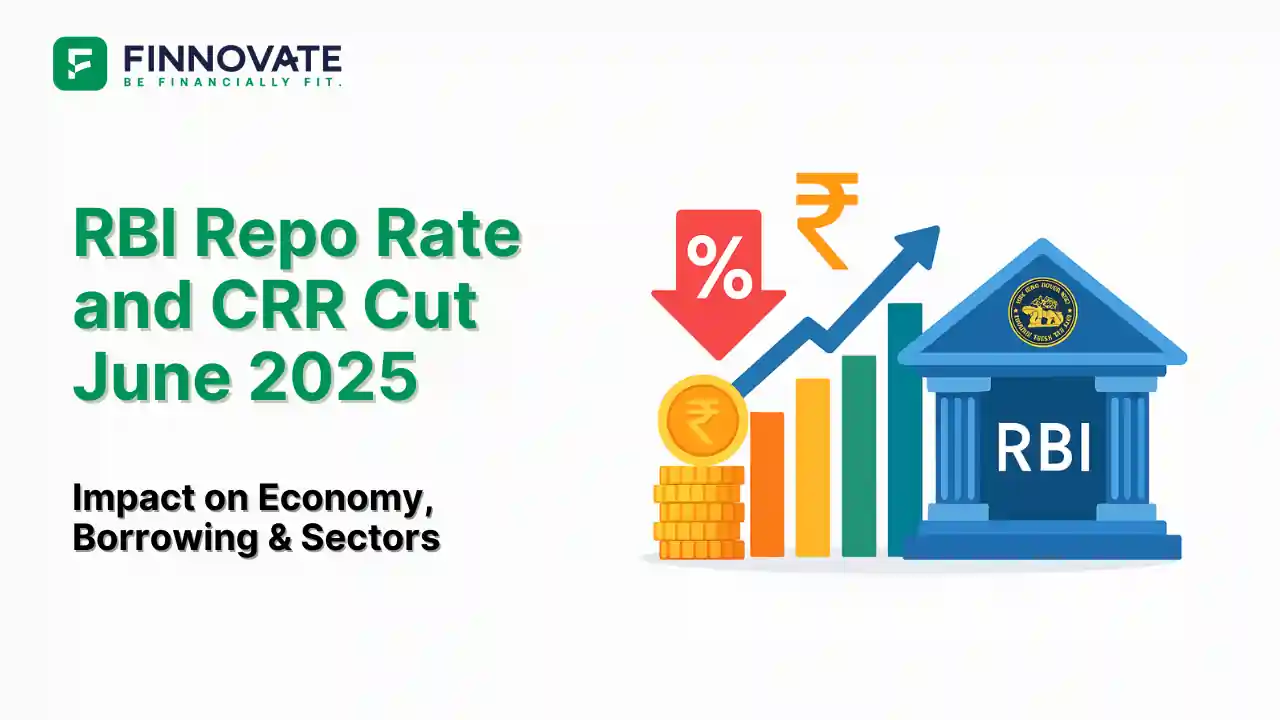
RBI cuts repo rate by 50 bps and CRR by 100 bps in June 2025 to boost growth. Learn how it impacts inflation, borrowing, sectors, and market trends.
Read Full